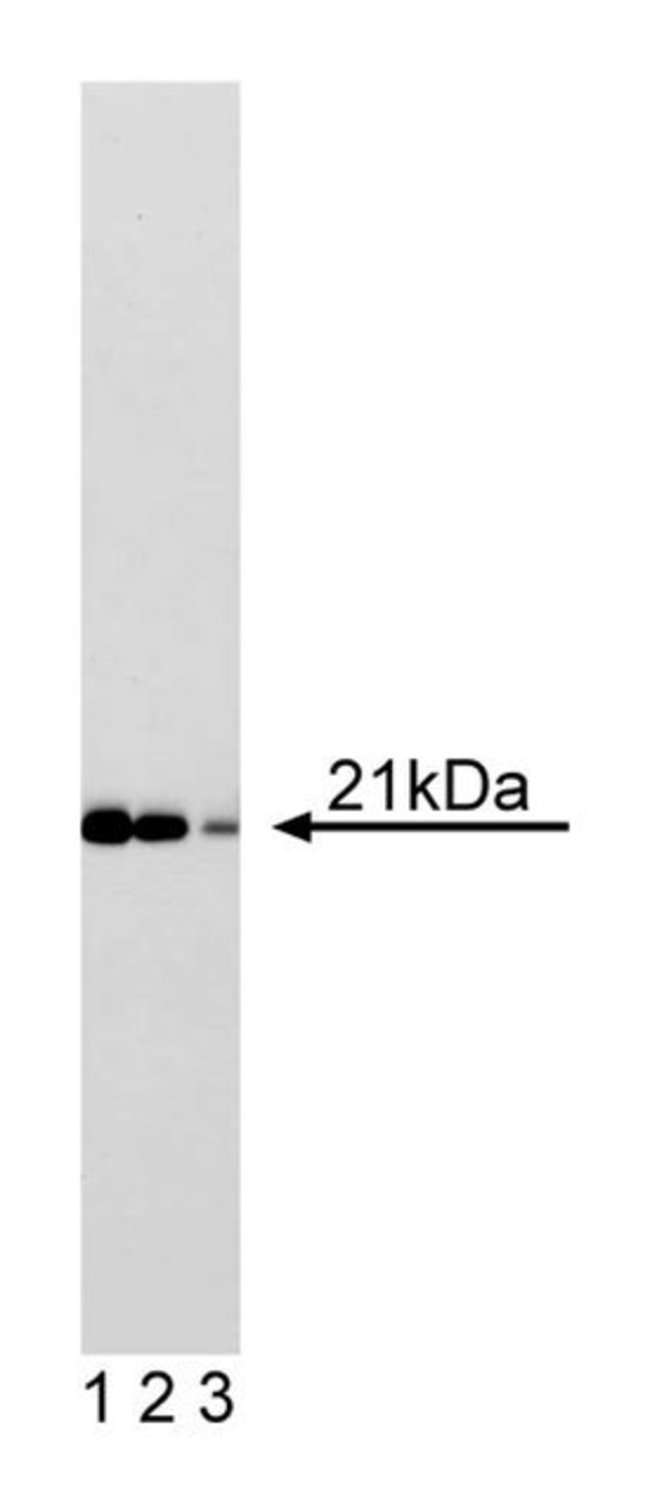Cip1 Mouse anti-Human, Unlabeled, Clone: 70, BD, Mouse Monoclonal Antibody, Each

Details:
Cip1 (p21) was identified as an inhibitor of cdk activity in a quaternary complex that also included Cyclin D, Cdk4, and PCNA. It has subsequently been shown that Cip1 can directly bind to and inhibit each member of the cdk family, though the affinities vary for each enzyme. Several studies indicate that Cip1 expression is regulated by the p53 tumor suppressor protein. For example, following DNA damage, Cip1 becomes transcriptionally induced in a p53-dependent manner. Thus, Cip1 protein may have a prominent role in mediating cell cycle arrest. Cip1 is also a component of active cyclin/cdk kinases. It has been suggested that Cip1-containing enzymes may transition between active and inactive states through changes in Cip1 stoichiometry. Active complexes appear to contain a single Cip1 molecule, while the inactive complexes have multiple Cip1 subunits. When multiple subunits are complexed with a cdk, cyclin, and PCNA, these Cip1 molecules can block the access of cdk-activating kinase (CAK) to cdk, thus preventing its phosphorylation and activation. However, inhibition of cdk activity by Cip1 does not appear to be dependent upon this mechanism. Other studies on DNA replication indicate that Cip1 can inhibit this process in vitro by directly binding to PCNA, a DNA polymerase-δ processivity factor.Immunofluorescence, Immunohistochemistry, Immunoprecipitation, Western Blotting
Additional Information
| SKU | 10134858 |
|---|---|
| UOM | Each |
| UNSPSC | 12352203 |
| Manufacturer Part Number | 610233 |
